Touria El Glaoui on
Contemporary African Art,
on 1-54 Art Fair, the Visibility of Art
and Changing the Narrative

If you missed out on this year's 1-54 art fair, fear not it'll be back. First in Morocco in February, then in New York in spring and back again to London next autumn. You may though be distressed on the idea that you missed out on so much great art. Luckily there are pictures and it'll give you an idea but nothing does enough justice to the brilliant art on display, than experiencing it in person. Each year, at each fair, the art takes on the sensitivities of the world, the political and social notions and issues we need to discuss and know about. Through the images, the drips of colours, the threads or the sculpted, those conversations are to be found there, in the art. And amongst the layers of art, the brushstrokes, the installations, the hustle, the bustle, the corridors, the stairs, you will find the passion and integrity of the art and the galleries. The path leads back to the passion of the founder of 1-54, a passion for art that shines out of Touria El Glaoui and for the reasons behind the fair: to showcase contemporary African art and in turn change the narrative of the History of Art (as is currently being taught). Our conversation started by talking about how it all began...
How and why did 1-54 Art Fair come about?
Through my previous profession, which was in a different field to what I do now, I travelled a lot to the African continent. During that time, I was quite amazed by the artworks I was discovering at the weekends or after my work was done. I was seeing exquisite works with very talented artists, but when I would go back to London or to the United Sates, I could not find there any trace of what I was seeing in Africa. It seemed like those artists did not exist and that this narrative of African art was being pushed outside of the History of Art.
I understand the importance of visibility, because of the time I spent working with my father (artist Hassan El Glaoui) and seeing the way his career was launched. So I felt that it wasn’t enough for the artists to just have visibility on the African continent. To make a difference in the life of an artist, they needed access to a wider audience and that it was important that artists have a platform in order to reach international collectors and international museums and become part of the discussions there was in the art world.
The artists I was discovering in Africa, were not emerging artists in their country, but few knew of them in Europe or the United States. I felt like there was a link missing, and the link was access. People were not travelling to Africa to buy art, it was not in their way of thinking nor the way they acquired art. When I really realised that there was no platform for artists coming from the African continent, that’s when and why I decided to be a bit courageous and just start 1-54.
It took me 2 years to build. It wasn’t an easy task, because I didn’t come with investment money or seed money; I had to really build the business model from scratch, to get sponsors and all that took a very long time. But the good news is that the first year, the 17 galleries we had all sold out and the second year, we doubled the number of galleries at the fair and they also sold out. So the following year, when we tripled in size, we were then able to take the fair to New York.
Why New York as your next destination for the fair?
Most of the art institutions are in New York and all the big collectors, such as the top 200 collectors are in the United States. I thought it was important to be in that space to accelerate the visibility of African Art, so we launched New York in 2015 and it became very successful very fast. I think the relevance of the fair, being the platform for African artists and the diaspora, the perspective we are about came across very well and through that we hope that we are improving the narrative and we hope to bring people together from different curators, galleries, artists and audiences. These are the connections we are about.
It took you two years to set everything up. What was the initial reaction when you told people that you wanted to change the narrative and start a fair on African Art?
The gallerists who started pushing for this narrative earlier than me, had done a lot of the work already, because they believed in the artists, but they had no large scale platform to actually show them. So when we first approached them, they understood the vision and were very happy to join; they had specific interests and we had no problem convincing them that this was their platform. The ones where we had more difficulties with, were the international galleries who let’s say represented one African artist, as they were already present at the other fairs. But they eventually understood that even their artists wanted to be part of the language of 1-54 and the discussion around contemporary African art. I also think the success of the first galleries made for the success of the second galleries and so on.
Through the art and your forums at the fair, there are discussions around the social, the political, or integrating diverse art into the narrative of the History of Art. Do you think that things are changing? That people are taking into consideration different narratives than they might have been taught or is there still a lot of work to do in that respect?
There’s still a lot of work to do, but we cannot say that there has not been some progress from when i’ve started to now. For instance, there was only the Smithsonian in Washington that was showing first traditional African art then contemporary African art, now there are other institutions. The Tate in the UK, they had this whole program where they hired curators to start including artists from the continent into their main collection, they didn’t try to make an African exhibition, they wanted inclusion in their collection, which is great and reflects more what art is about today. I think we are seeing more of these initiatives and what we want to see more of in the next couple of years, is that institutions or people, don't choose the artists because they are African, they choose them because they are part of the narrative and they want to do an exhibition.
And they do really amazing work
Yes exactly. I think this is what we are going to see, this is what we are all working towards and this is what we want now. We don’t want it to be about a distinction or categorisation.
Do you choose the gallerists?
We have a selection committee which I’m part of and we have three fairs every year, so each fair has an open application for gallerists at different moments. We decide and select the galleries based on their curatorial program and the artists they want to present at 1-54. We try to get the right balance of artists and galleries coming from the African continent and from Europe or the United States. We always think about the right balance.
You have taken 1-54 to Marrakesh
This has been an ambition of mine since we started in 2013. It didn’t happen sooner because we weren’t sure if the collector base in Morocco was strong enough and we wanted to wait for our brand itself to be strong enough to attract people to come to Marrakesh. So we really made an effort to make sure that If we were doing an event in Marrakesh, that people would follow us there and support the art.
Taking the fair there, was very important and relevant, because our platform is about African art. We wanted to have a foot on the continent. Marrakesh is a francophone city, it’s an arabic city, and we are able to attract different collectors. Many Middle Eastern, French and Belgium collectors come. There is a connection with the language. In Marrakesh we also work with the whole city, not just do the projects at 1-54 or with the galleries of 1-54. The city is extremely rich in cultural platforms and to be able to get them involved and engaged is very exciting, especially to get our collectors to discover them, the scene and the art in the city.
What are your hopes? What are your projections for the future?
There are a lot of areas that haven’t got access to contemporary African art. We’ve made progress, but there are places that don’t know what 1-54 is about, they may not even know that there is contemporary African art. I really believe that we can spread our work out beyond the three cities we are already in, maybe not a fully fledged art fair, but definitely give more visibility in places where we know we can get more engagement with new collectors and new institutions. The world is vast, but we are a small team too, and we want to do things properly. Our main focus now is Marrakesh, we want to make sure it grows properly, with a relevant program, that the rendez-vous in Marrakesh happens every year and that people are excited to come back.
Do you think art can unite communities around the world?
I think we did a very good job for that with Africa and art. If you think of Africa, there are all these invisible borders, from languages to old colonial empire lines. There are many Africans who may not think of the whole of Africa as part of their Africa. For instance, a lot of North Africans may not think they belong to West Africa and vice versa, or that a community is similar to any other African community. So I think an artist’s point of view, the statement we are making, are very strong stances to bring people together. People who participate at the fair for different reasons, definitely feel they are part of a voice for the continent or for their community, which is an amazing thing to have and do. I think this platform is a great engagement, a creative and networking space and if any kind of new connection, new relationship is formed, it’s great.
There is a commercial element in art or at art fairs, but there is here, also a lot of passion and depth, a passion to push for this message of unity and for African contemporary art to be visible around the world
Definitely we aim to push that message. And we are very lucky to not have grown so fast, for it still to be manageable and an intimate art fair. Everywhere we are, we have a very strong relationship with the galleries, with the curators and with the artists.
There's always been a friendly atmosphere at 1-54
A lot of galleries who have been around for more than a decade, like Anne de Villepoix in Paris, who was part of the art scene in the 1960s and the 1970s, recall that sentiment of when they all started, when it was all about the art and where everybody is nice and talks to each other. That feeling we have brought forward and it’s one of the strongest points of the fair, to be able to talk to each other, to talk to next door’s stand, to share artists, talk to the artists, to communicate the art with as many people as possible and share the passion.
Check out http://1-54.com , a fair not to be missed, catch it in Marrakesh in February La Mamounia, 22 – 23 February 2020 and in New York 8 – 10 May 2020 and back in London October 2020.
Scroll down for art images:
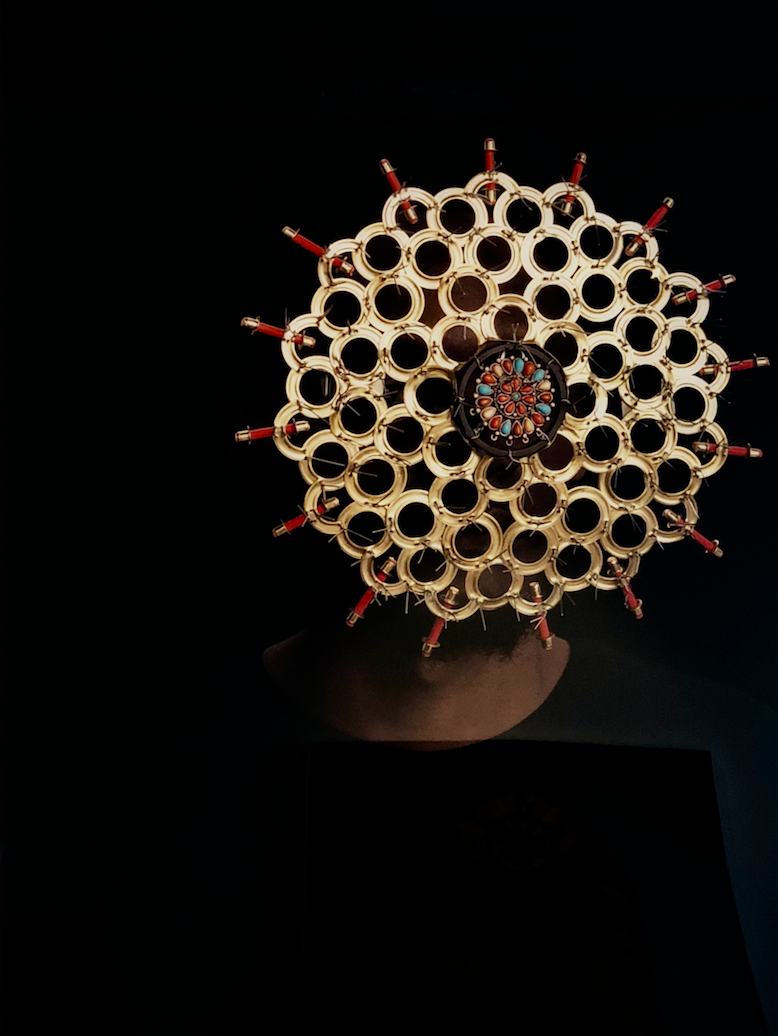
Macho Nne: The Honeycomb by Cyrus Kabiru . 2019. C-Type Print . SMAC Gallery
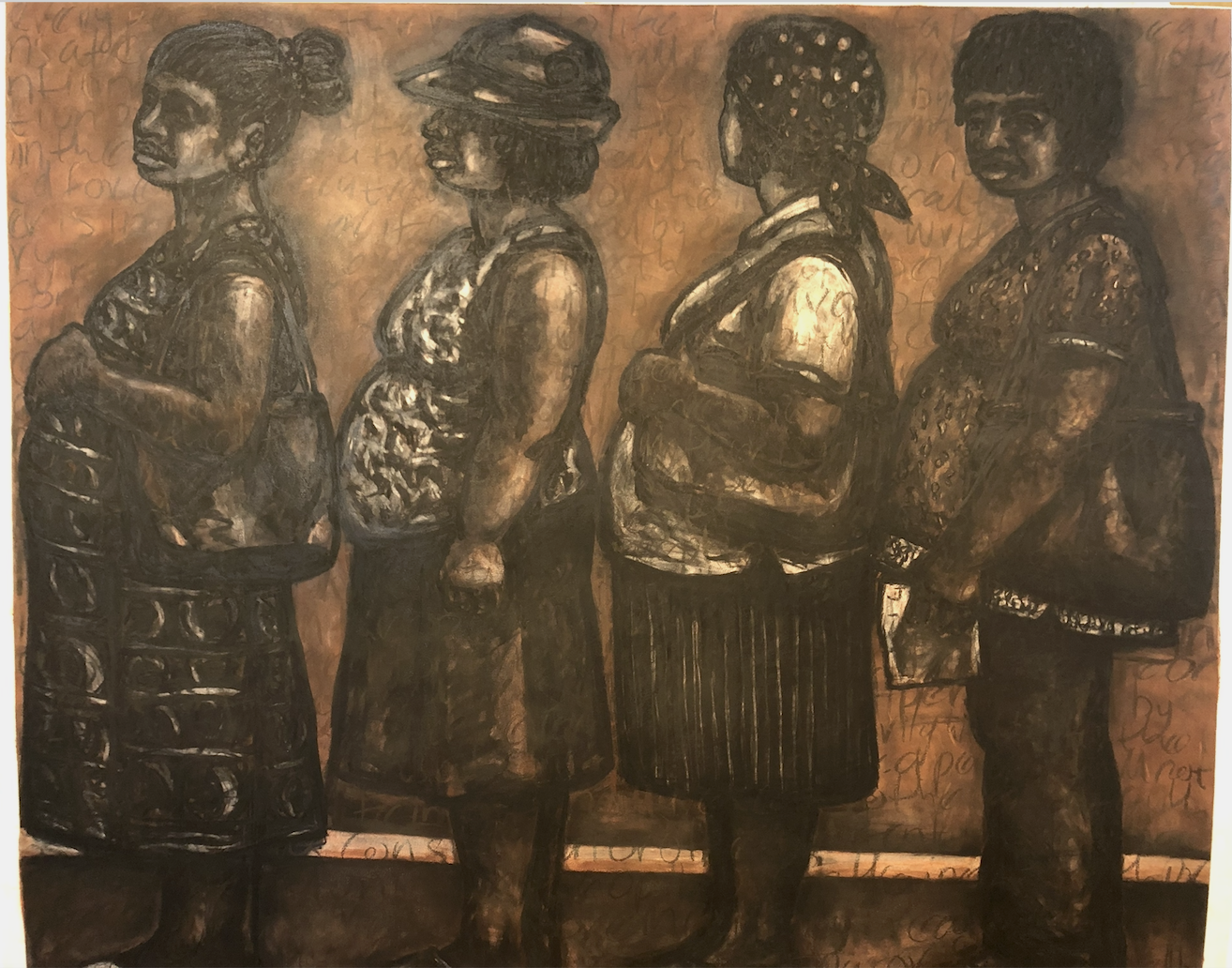
Life III by Peterson Kamwathi. 2011. Charcoal, pastel, paper. Galerie Ernst Hilger
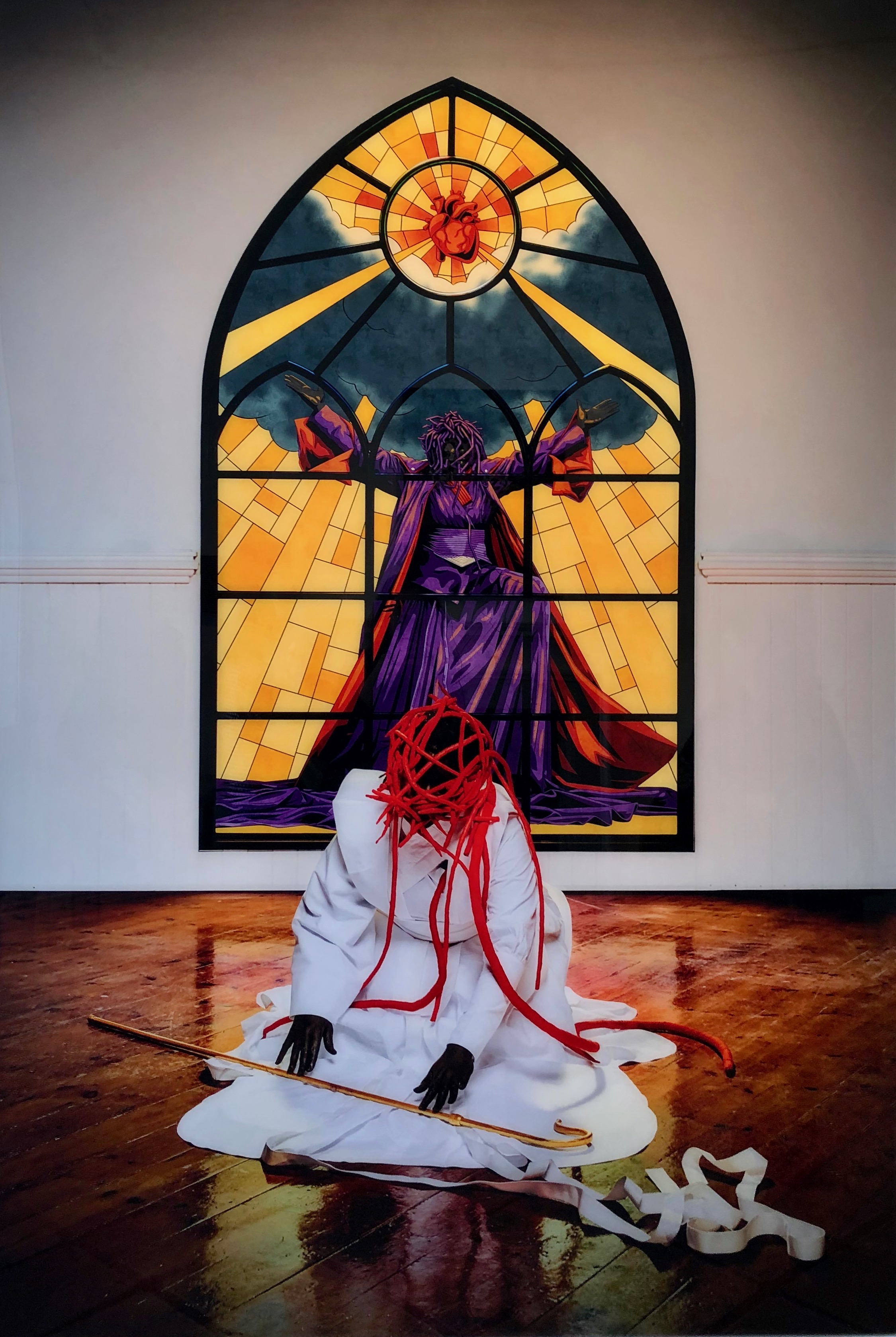
Turn, turn, turn, turn by Mary Sibande. Inkjet on hahnemühle photo. SMAC Gallery
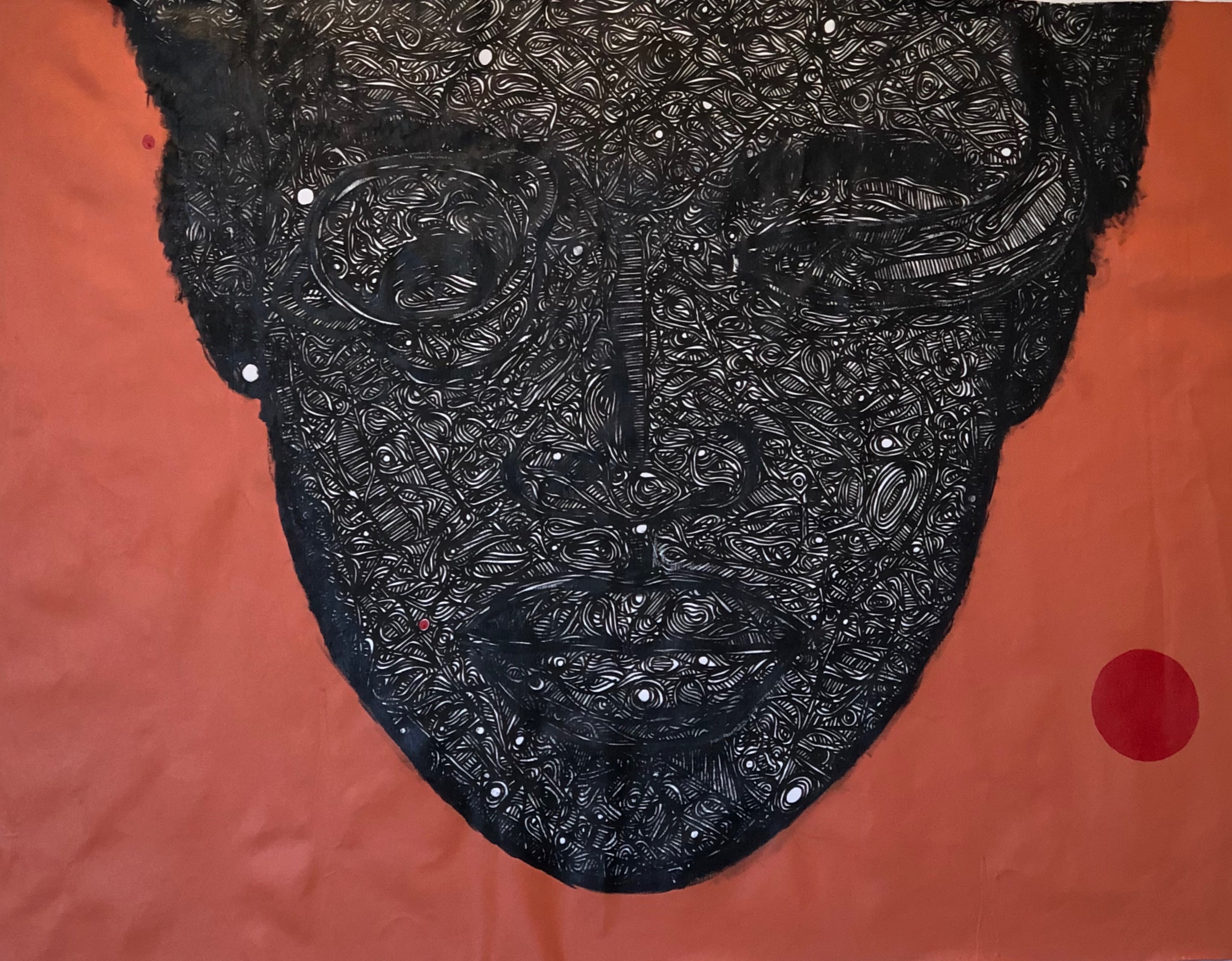
I See You From a Distance by Tyna Adebowale. 2019. Painting on canvas. SMO Contemporary Art

Parallel Journeys by Sanaa Gateja. 2017. Paperbeads on barkcloth. SMO Contemporary Art
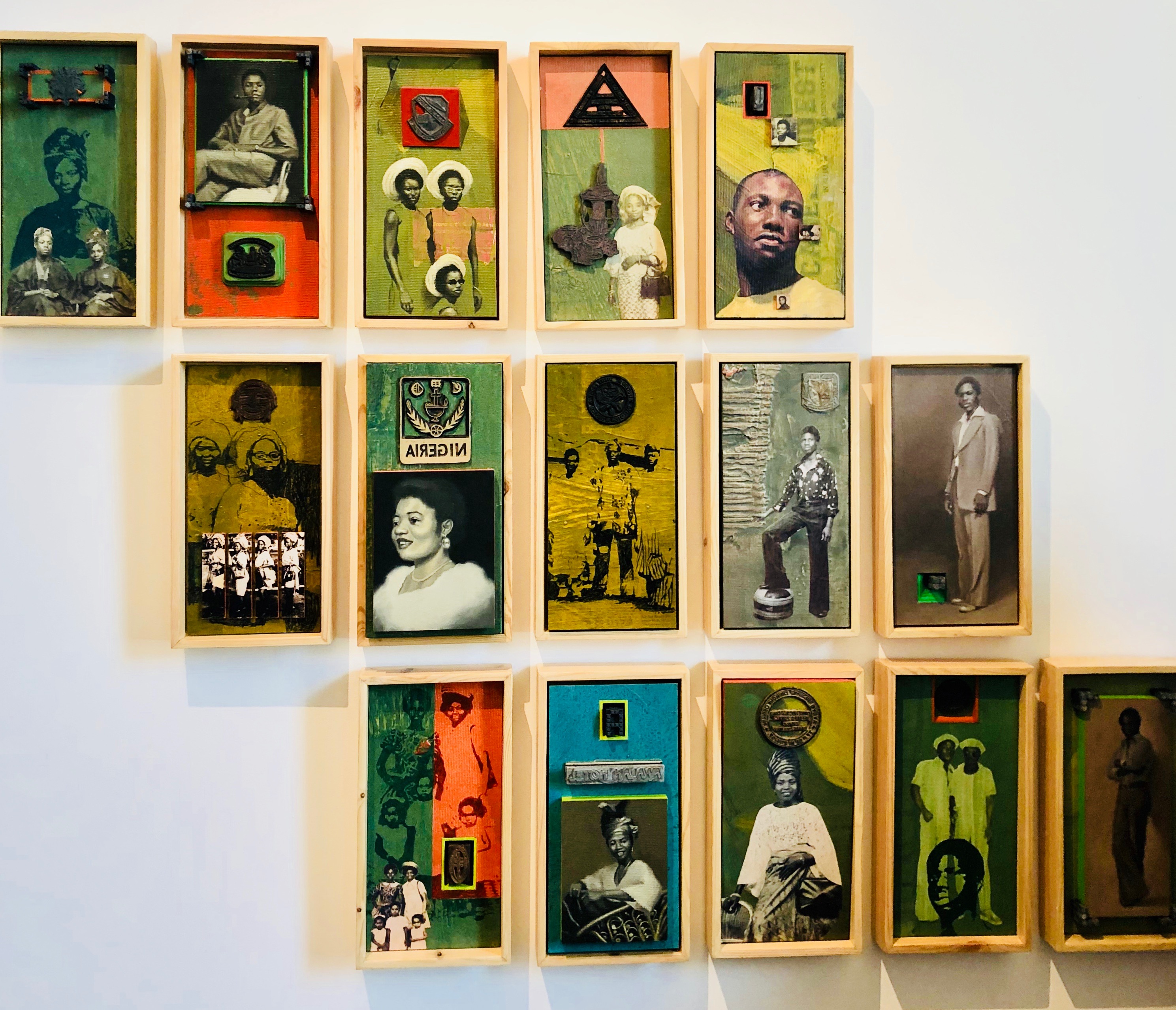
Scraps of Evidence (I-XV) by Kelani Abass. 2019. Mixed Media. SMO Contemporary Art

Admire Kamudzengerere . Catinca Tabacaru Gallery

Plastic Crowns by Phumzile Khanyile. 2016. Inkjet Print. Afronova Gallery

Lawrence Lemaoana . Afronova Gallery
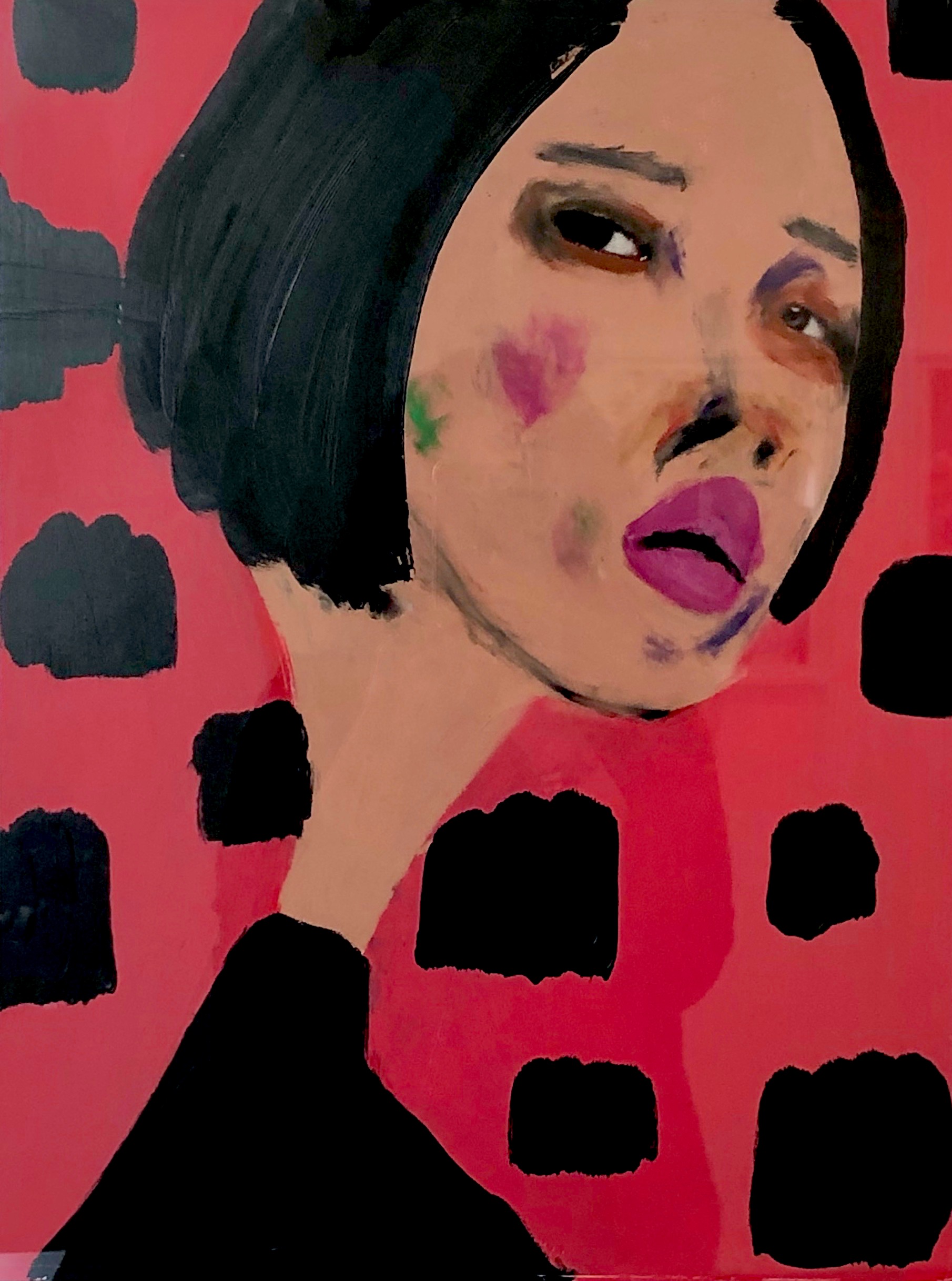
Manami by February James. 2018. Flashe and oil pastel on paper. Luce Gallery

The Shadowed People by Saïdou Dicko. Loft Art Gallery
From the Series Interwoven by Kyle Meyer. Print & hand women with Wax fabric. Yossi Milo Gallery.

The Blue Bag by Walid Ardhaoui . Aicha Gorgi Gallery
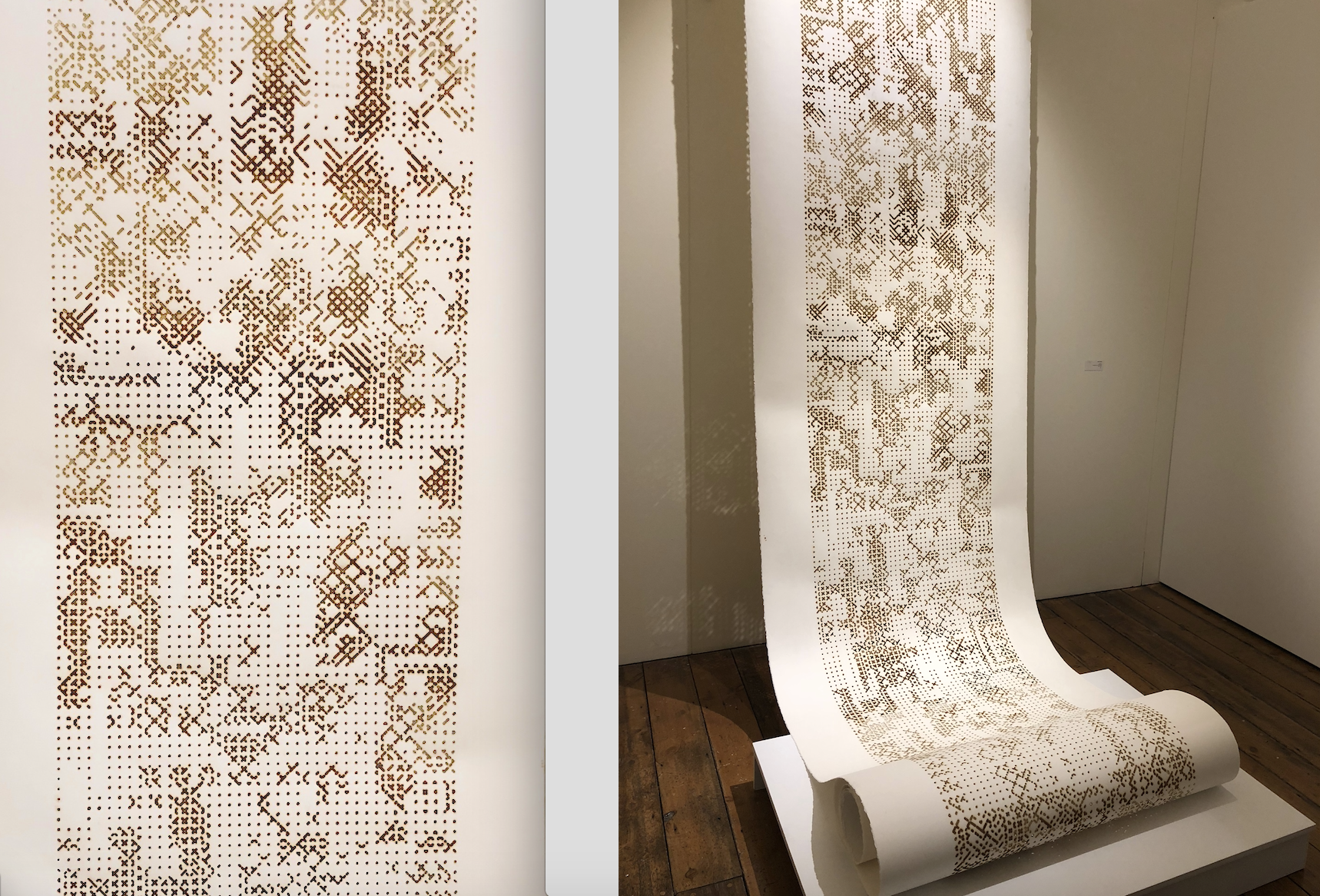
La Pièce by Sonia Kallel . Aicha Gorgi Gallery

Key Player by Slimen El Kamel . Aicha Gorgi Gallery

Untitled. Mohau Modisakeng. Archival ink jet print. What if the World art gallery.

Kiripi Katembo . Galerie MAGNIN-A

Sahar Alamir . Ubuntu Art Gallery

Hayam Abdel Baky . Ubuntu Art Gallery
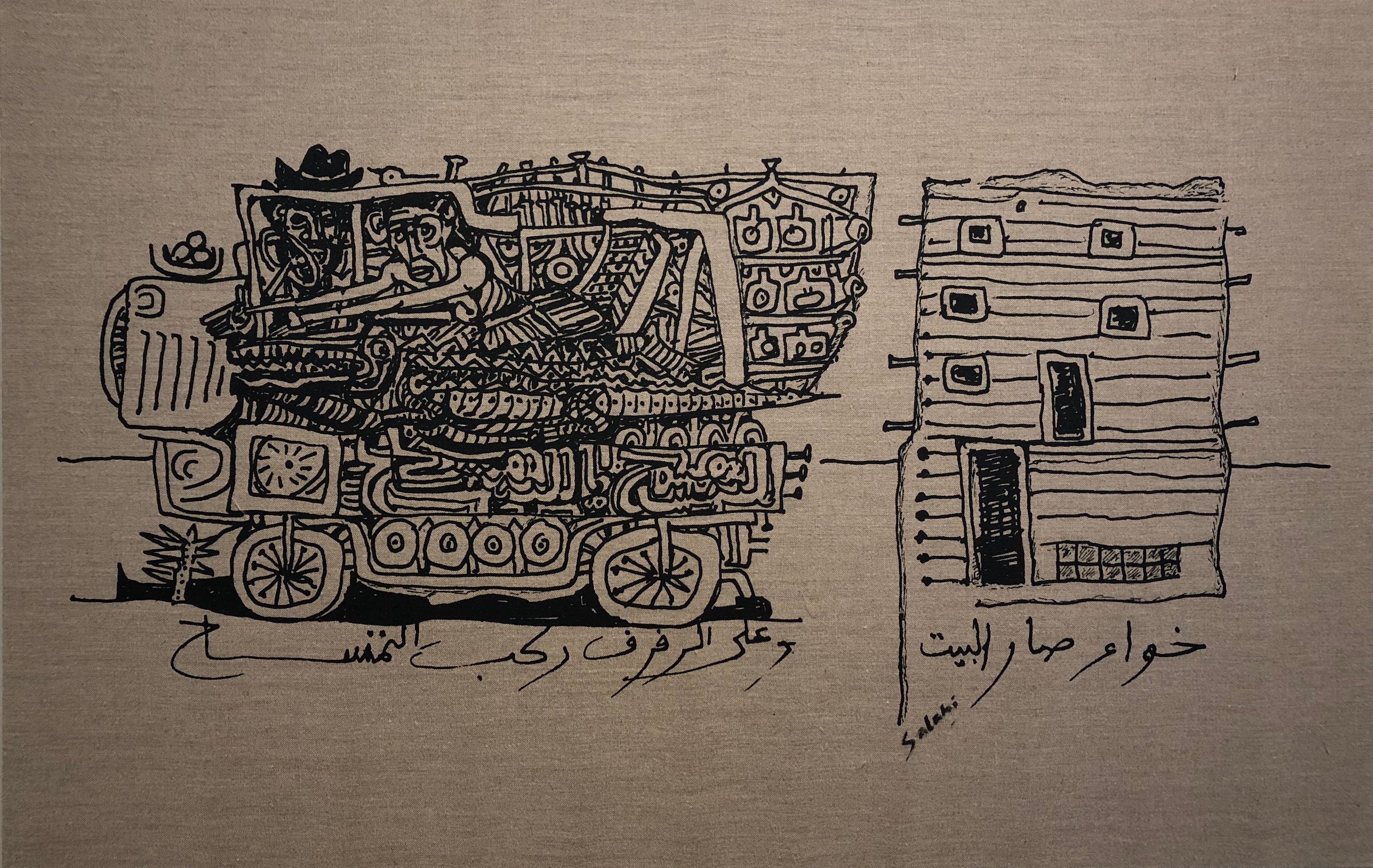

Ibrahim El Salahi . Vigo Gallery

Conscience Fragile 2 by Eddy Kamuanga Ilunga . Acrylic and Oil on Canvas. 2019. October Gallery
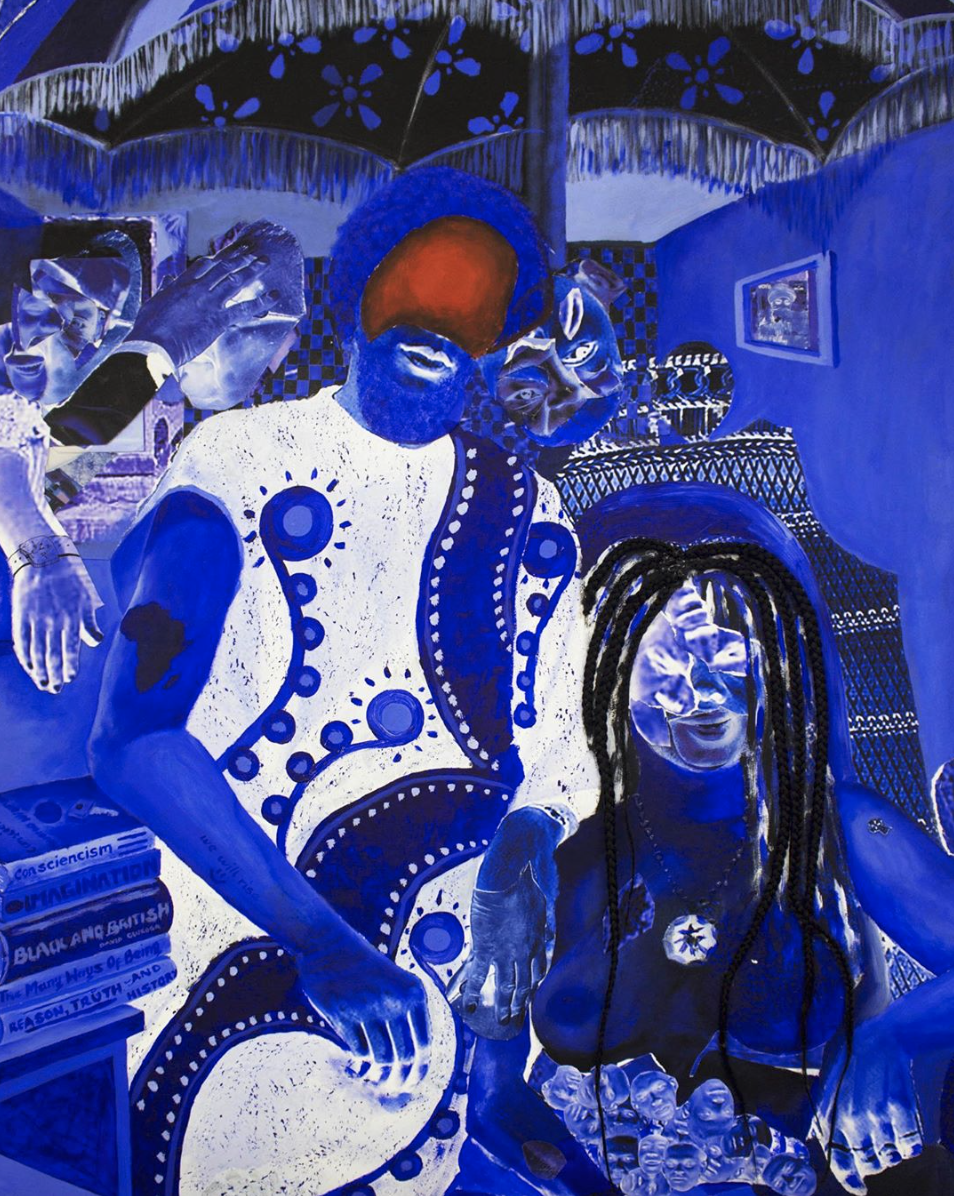
Larry Amponsah . 50 Golborne Gallery

Firelei Báez and Yinka Shonibare CBE at James Cohan Gallery

Michel Papami Kameni . Studio Kameni

Sadikou Oukpedjo . Galerie Cecile Fakhoury

Sadikou Oukpedjo . Galerie Cecile Fakhoury
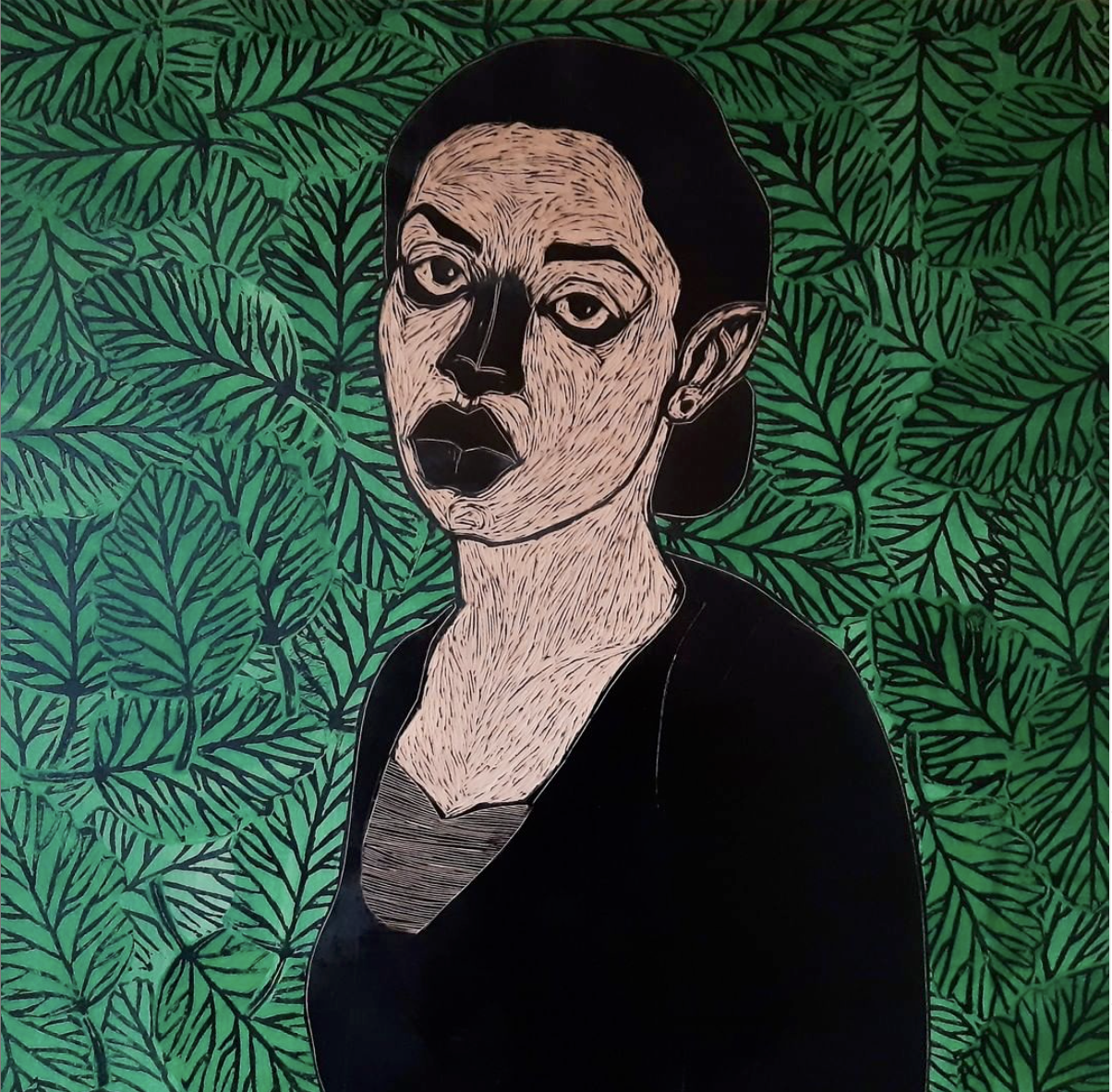
Ephrem Solomon . Kristin Hjellegjerde
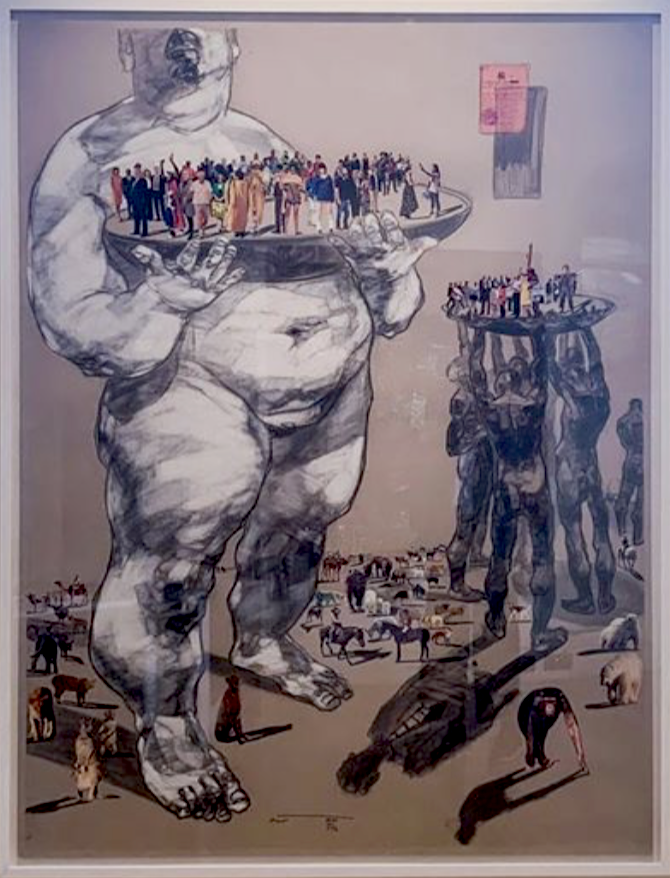
Dawit Abebe . Kristin Hjellegjerde
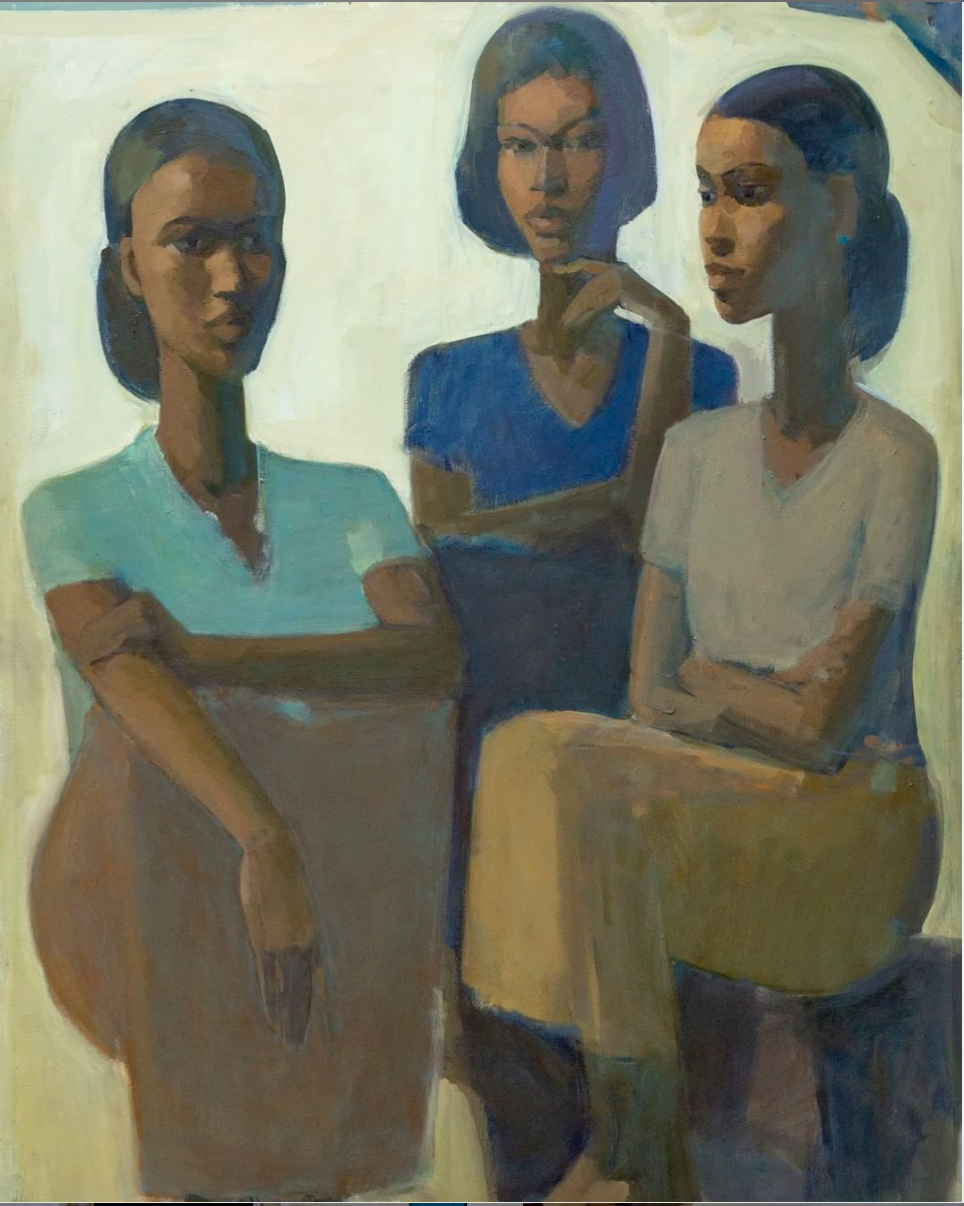
Tadesse Mesfin . Addis Fine Art

Leikunnahusenay . VS | Contemporary art
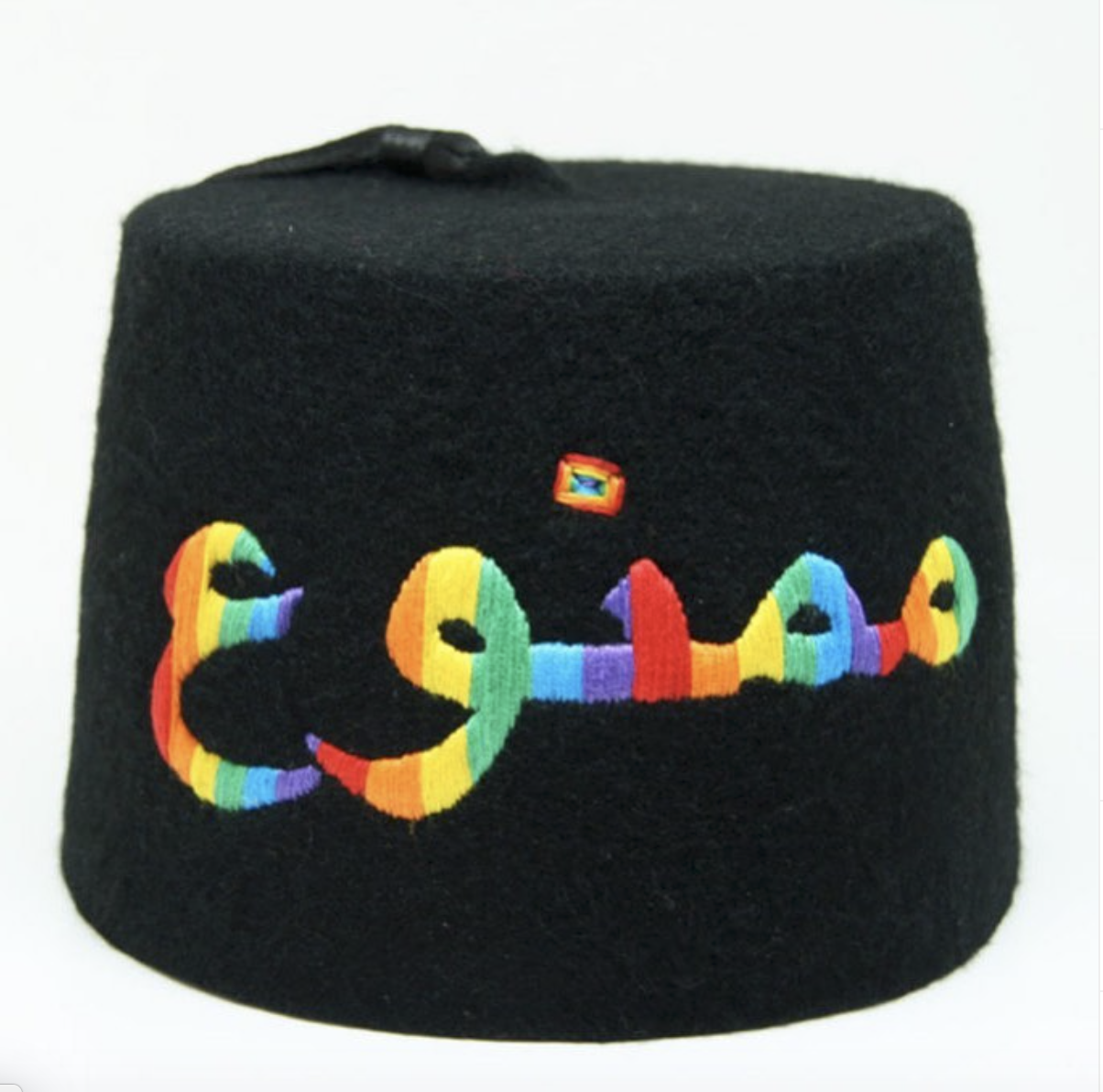
Forbidden by Qarm Qart . Mashrabia Gallery
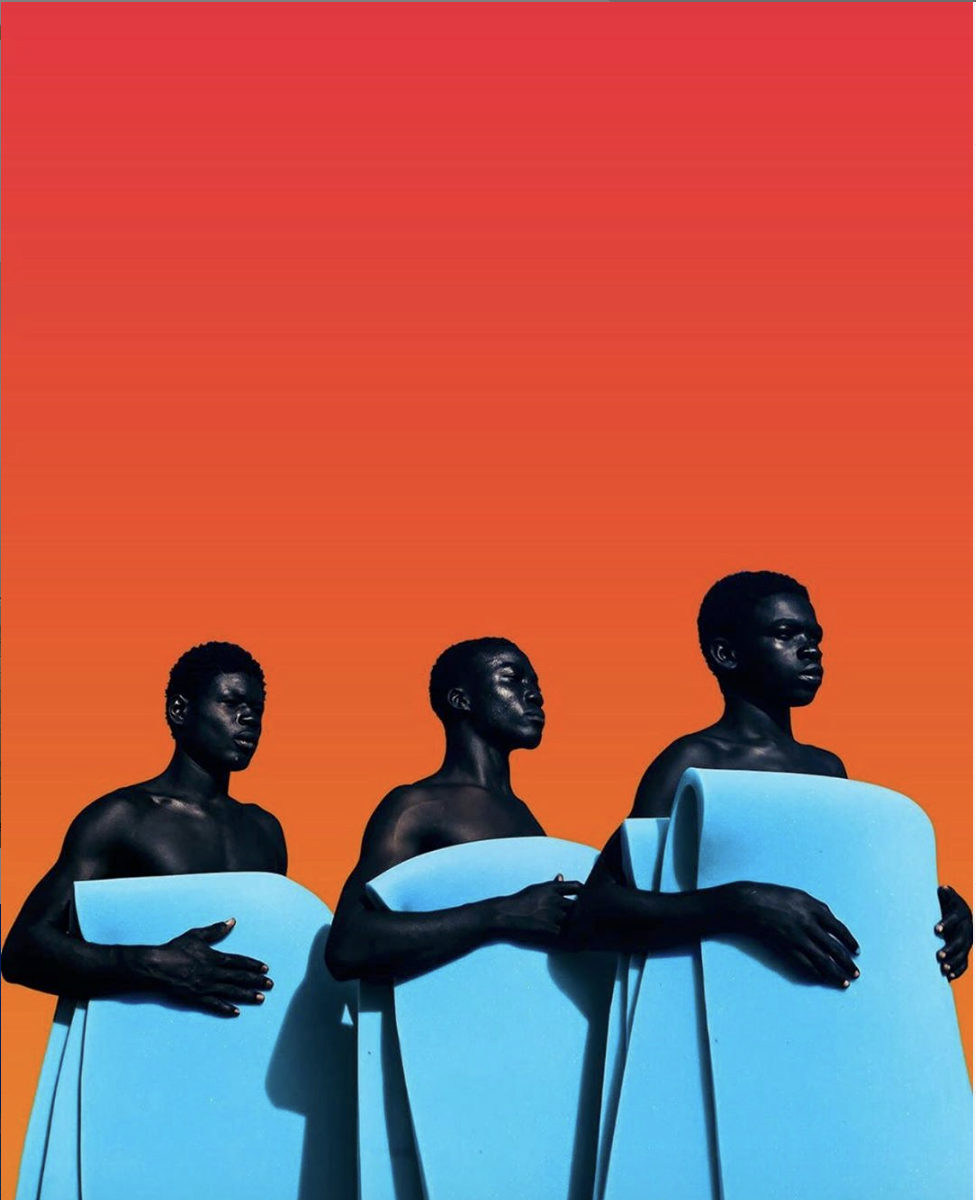
.png)
Mohamed Lekleti . Sulger Buel Gallery
The Purple Shall Govern by Mary Sibande



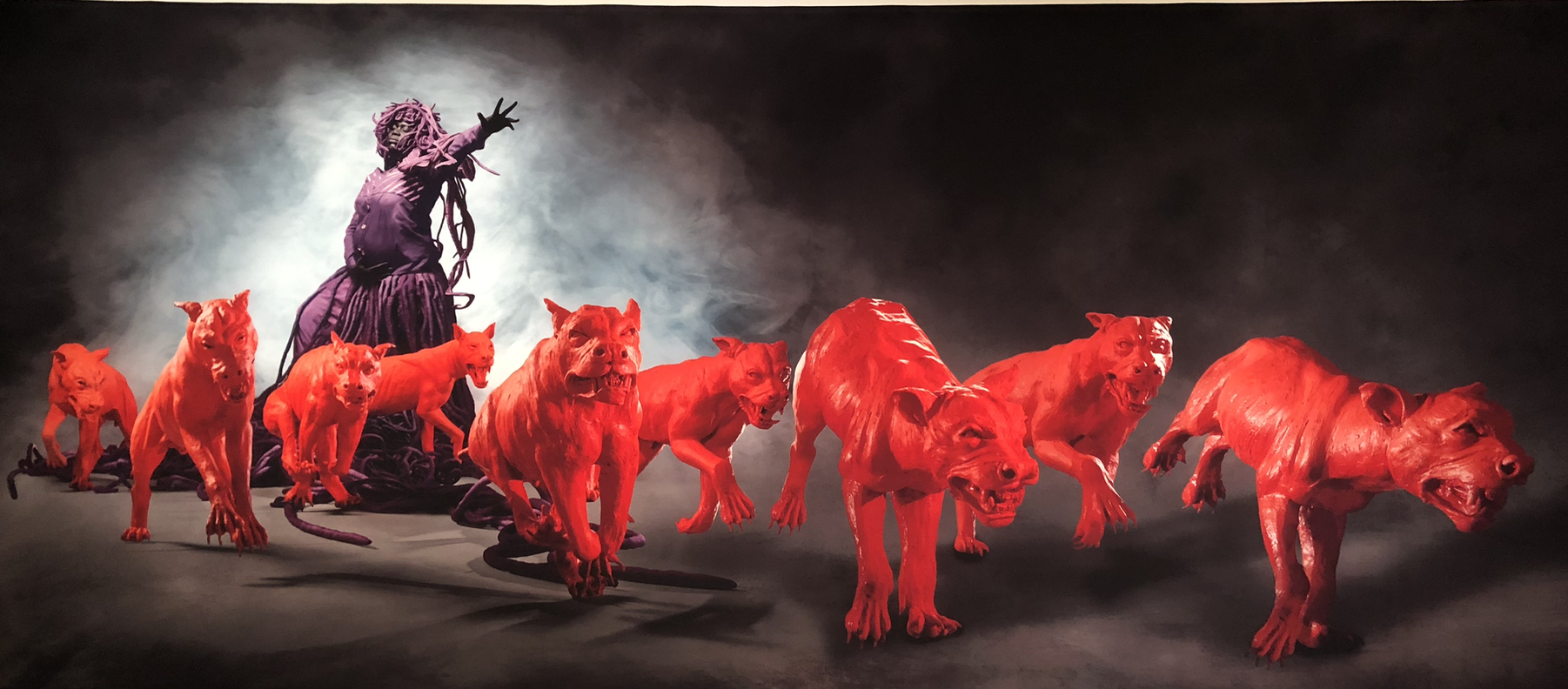


The Shackles of Limitations from Water Life 2018, by Aida Muluneh commissioned by WaterAid
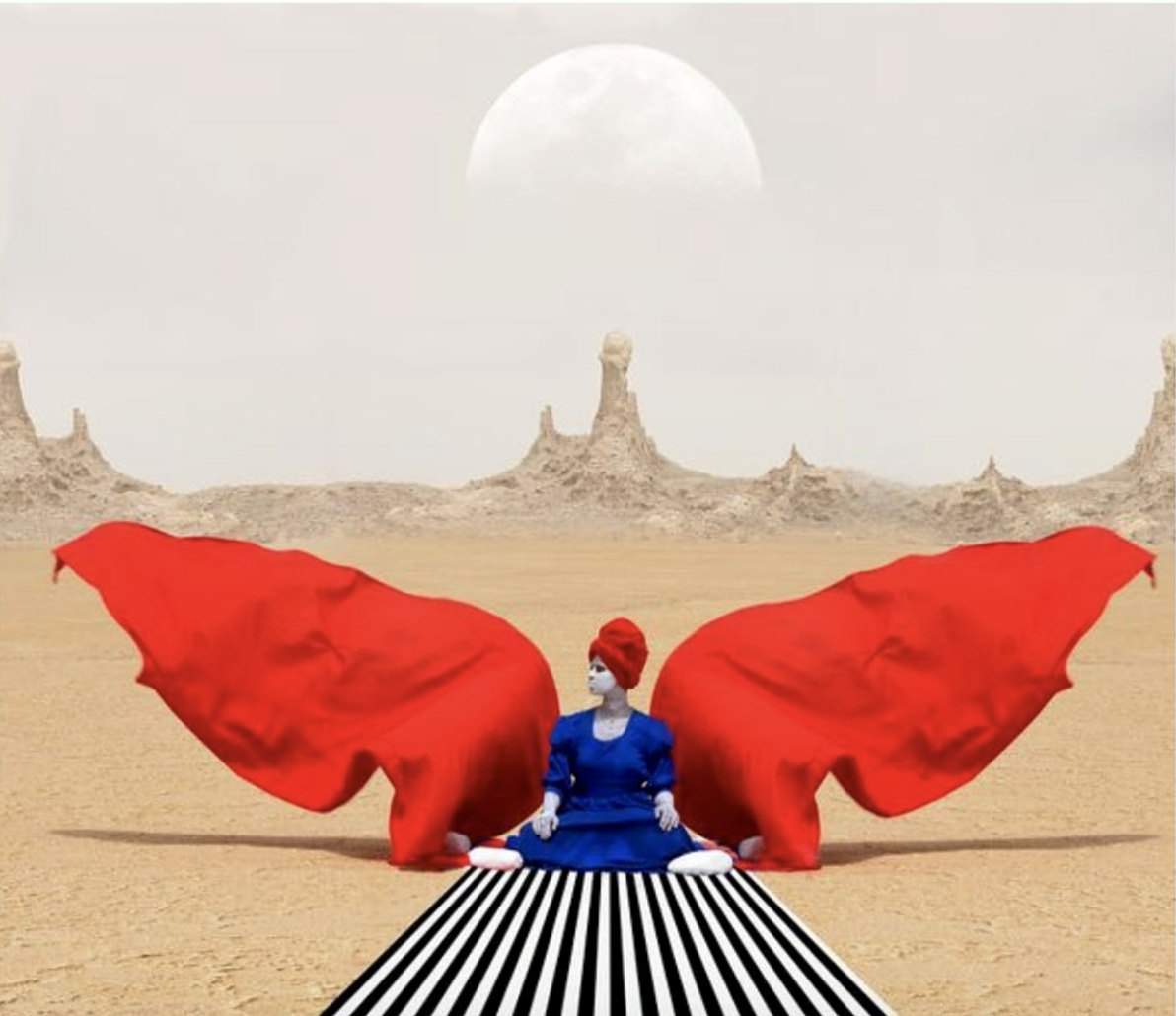

1-54 is the first leading international art fair dedicated to contemporary art from Africa and its diaspora with annual editions in London, New York (since 2015) and Marrakech (since 2018). Drawing reference to the fifty-four countries that constitute the African continent, 1-54 is a sustainable and dynamic platform that is engaged in contemporary dialogue and exchange.
Touria El Glaoui is the Founding Director of the leading international art fair, 1-54 Contemporary African Art Fair. Touria was listed amongst the 100 most powerful women in Africa by Forbes; amongst the 50 most powerful women in Africa by Jeune Afrique in 2015 and in 2018; and the 100 most influential Africans in business by NewAfrican in 2013. Born and raised in Morocco, El Glaoui completed her education in New York before beginning a career in the banking industry as a wealth management consultant. After 10 years, she relocated to London, where she initiated 1-54 in 2013. Parallel to her career, Touria has organised and co-curated exhibitions of her father's work, Moroccan artist Hassan El Glaoui, in London and Morocco. She has spoken widely and chaired numerous discussions on contemporary African art and women in leadership at international organisations.

